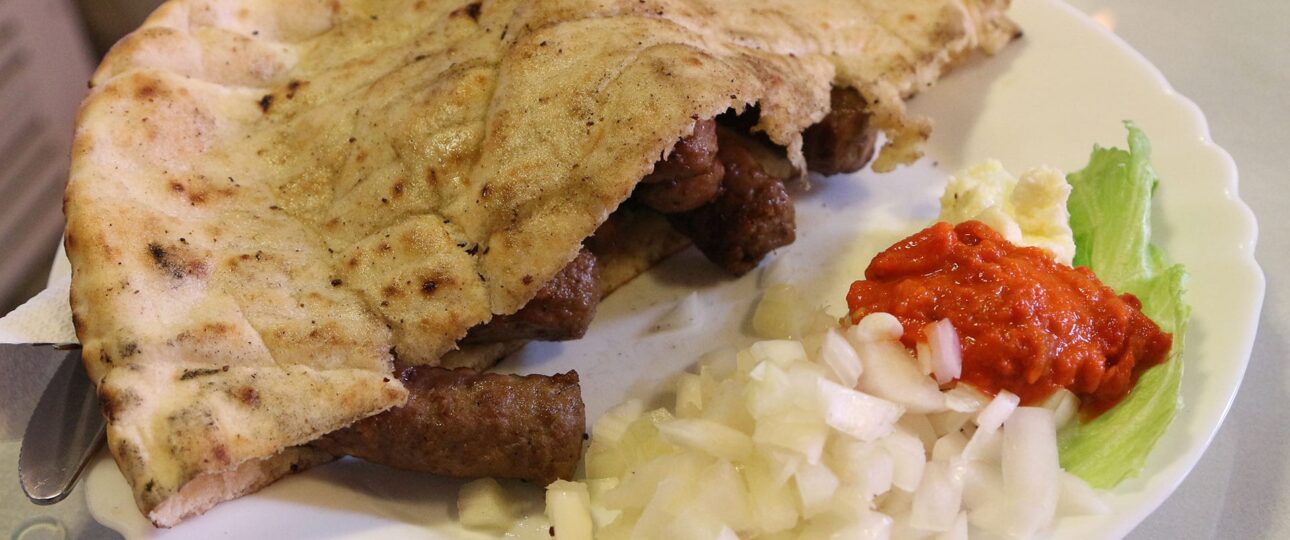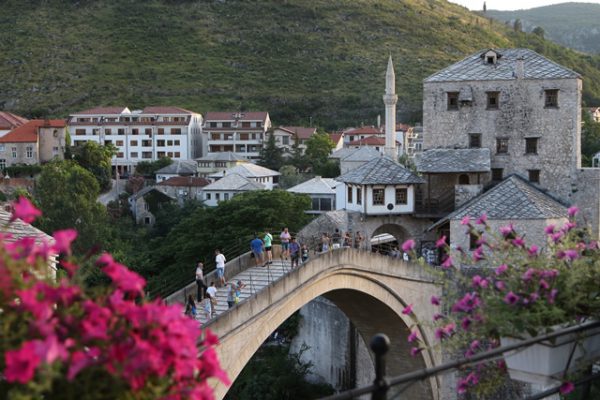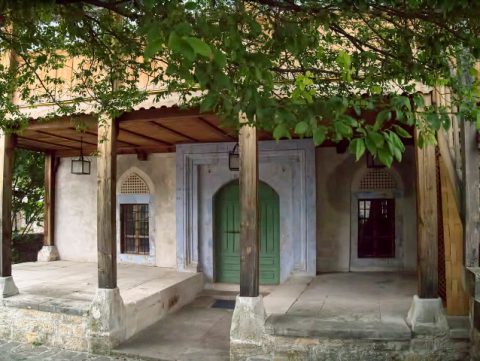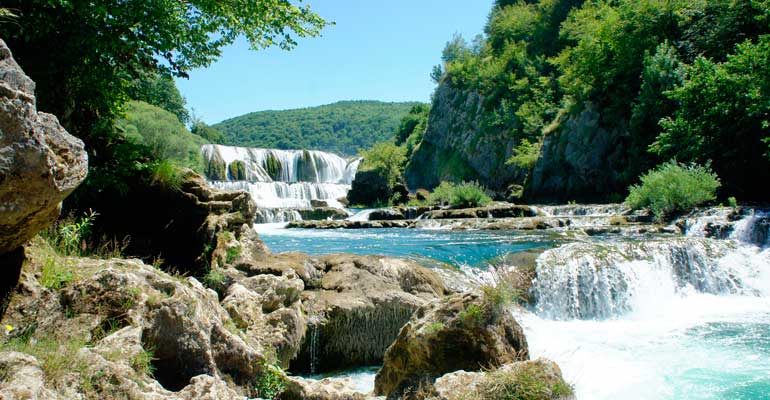Officially city in Bosnia and Herzegovina, Mostar lies at the crossroad of two entities and religious – Muslim Bosnia and Catholics Herzegovina. Cause of that, the city itself represents the clash of the Western and Eastern Worlds. Today, the religious tension is still evident, especially in oversized religious buildings and symbols. The Ottoman influence can be seen in the World Heritage-listed Old Town where the 16th century Old Bridge spans the clear waters of Neretva.
WHAT’S THE BEST TIME TO VISIT MOSTAR?
I would say spring or autumn. The city in the winter can seem a bit gray and empty which is fine if you want to skip all the crowd. Summer, on the other hand, can be insanely hot, with the temperatures hitting close to 40C.
WHAT’S GOOD TO KNOW ABOUT MOSTAR?
Officially city in Bosnia and Herzegovina, Mostar lies at the crossroad of two entities and religious – Muslim Bosnia and Catholics Herzegovina. Because of that, the city itself represents the clash of the Western and Eastern Worlds. Today, the religious tension is still evident, especially in oversized religious buildings and symbols. The Ottoman influence can be seen in the World Heritage-listed Old Town where the 16th century Old Bridge spans the clear waters of Neretva.
ONE DAY IN MOSTAR :
Start your day with a Turkish coffee
The Ottoman influence can be seen everywhere – from religion to architecture, clothing to food. The same thing with the coffee. The Turkish coffee, although spread all over the Balkan countries is most popular in Bosnia. Start your day in one of the many coffee shops in Ottoman style around the Old Town.

Stroll around the Old City
After you drank your morning coffee, it’s time for some Old Town exploration. Walk along the cobblestone streets and admire the old Ottoman architecture together with Austro-Hungarian neo classical houses. The charming streets are lined with the Turkish cafes, restaurants and bazaar street shops which altogether make a vibrant oriental atmosphere.

Pass over the Old bridge
Pass over the Old Bridge, the most famous sight and the symbol of Mostar. Today the bridge is a reconstruction of the 16th-century Ottoman-style bridge which was destroyed during the Yugoslav war. It represents both the reminiscent of the Ottoman reign and the strength and suffering of the Balkan people. This UNESCO World Heritage structure is one of Europe’s finest examples of Islamic architecture.
Learn a little bit about the city’s turbulent past
Check out the War Photo Exhibition right next to the Old Bridge to get to know more about the civil war in 90’s. It’s a great opportunity to find out more about the turbulent history of Mostar and the way it shaped the lives of its inhabitants.
Shop at the Carsija market
The čaršija market, the synonym of the Turkish bazaar is the best place to shop for some oriental souvenirs. Most of the products are either jewelry, pottery, metalware or the textiles. Choose between the handmade jewelry, scarf pashminas, traditional Bosnian rugs, metal džezvas (coffee pot) or decorated terra cotta plates. They are all very authentic and original.
Visit the Mehmed-Pasha Mosque and its minaret
After you pass the bridge you’re gonna find yourself in the Bosnian (Muslim) part of the city. With many mosques and religious buildings, one really stands out – Mehmed-Pasha Mosque. Even being the modest version of the Ottoman mosque architecture, its interior with the colorful rugs and frescos is still very beautiful. Don’t forget to climb the top of the minaret for the stunning 360° panoramic view.
Eat some Turkish delights at the Koski Basta Cafe
Whether you want to drink another shot of a greatest Turkish coffee or enjoy a cup of tea Koski Basta Cafe is the perfect place to relax a bit and enjoy the beautiful views of the Old City and the Neretva river. With the bright cushions and the authentic Turkish feel, it’s also a great place to try some of the Turkish sweets such as Baklava cake.
Have some cevapi for lunch
Either you want to sit on one of the many terraces overlooking the Neretva river, or you want to find some local place bit further from the tourist crowd – don’t miss to try Bosnian Čevapčići (minced meat dish) while in Mostar. Order a portion of kajmak, the most delicious cream cheese. It’s the perfect match.
Visit the Biscevic house
The best way to get a glimpse of what the traditional house in Mostar looked like is to visit the Biscevic house. The house was built in 1635. and it’s a great example of residential architecture from the Ottoman period with the nice courtyard in the front. The house is decorated with the furniture and households from the Ottoman period. You can see the traditional rugs, tables, beds and even a clothing that you can try on. There is a Muslibegović house very close to it, another nice example of the Ottoman style, so maybe you want to check out that one too.
Check out the other side of Mostar
The evidence of the civil war in the 90’s is still evident. Many crumbling buildings in the very city center on the other side of the river Neretva still have the bullet marks all over the facade. One of them is Sniper Tower that was used as a sniper base. Today, this abandoned building is a visually impactful experience, decorated with the graffiti street art inside and out.




